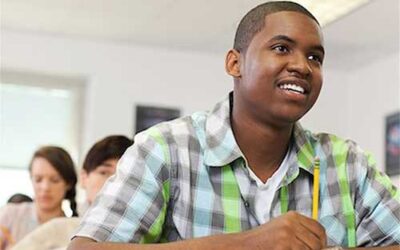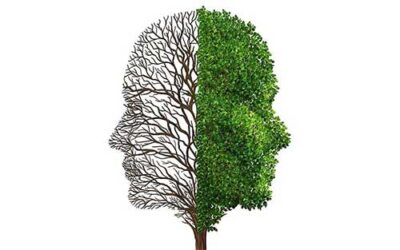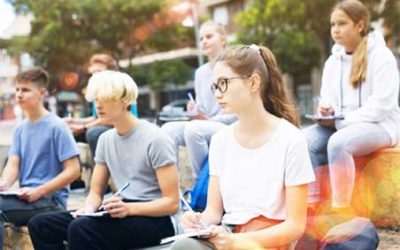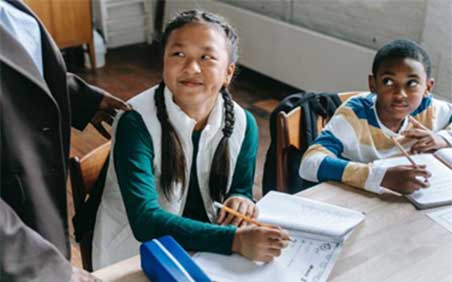 Education should be the great equalizer for all students. It ought to provide a level playing field for everyone to stand the same chance at succeeding in life. However, the situation on the ground is different. While equality calls for all students to receive decent and basic education, there’s a gap in equity – the scale is heavily unbalanced for minorities. Students come from diverse backgrounds, races and cultures and this impacts their academic performance and behavior. They’ve been socialized differently depending on how and where they grew up. On the other hand, educators also have their pre-conceived biases, assumptions and stereotypes of their students which influence how they teach and interact with them. The conversation on equality, equity and diversity requires us to confront some uncomfortable realities of our world. As pertains to education, these issues cannot be ignored because the role of an educator is far too important in shaping a student’s future and overall view of life.
Education should be the great equalizer for all students. It ought to provide a level playing field for everyone to stand the same chance at succeeding in life. However, the situation on the ground is different. While equality calls for all students to receive decent and basic education, there’s a gap in equity – the scale is heavily unbalanced for minorities. Students come from diverse backgrounds, races and cultures and this impacts their academic performance and behavior. They’ve been socialized differently depending on how and where they grew up. On the other hand, educators also have their pre-conceived biases, assumptions and stereotypes of their students which influence how they teach and interact with them. The conversation on equality, equity and diversity requires us to confront some uncomfortable realities of our world. As pertains to education, these issues cannot be ignored because the role of an educator is far too important in shaping a student’s future and overall view of life.
The Inequalities
COVID-19 exposed and widened the existing imbalances in education when learning shifted from classrooms to digital platforms. While it was easy for some students to log into their daily classes from the comfort of their homes, others were dealing with jobless/frontline parents, racial trauma, sick relatives and increased stress because of their living conditions.
Systemic and historical disparities put poor, colored and marginalized children at a disadvantage. Socio-economic factors beyond their control affect their academic performance which cannot solely be pegged to how hard they’re working in school. When the starting point is not the same for all students then the learning outcomes cannot possibly be the same.
Narrowing the achievement gap calls for teachers to take personal responsibility to unlearn their individual biases that contribute to the inequity of their minority students. Change also happens when educators nurture respect and celebration of diverse cultures in their students who have varying worldviews, values and prejudices.
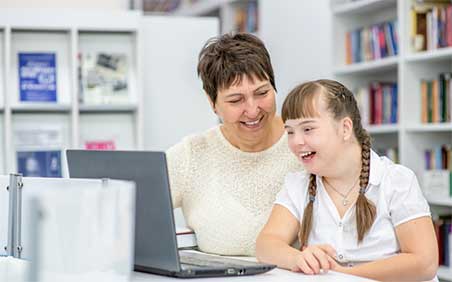 Where do we start?
Where do we start?
A teacher’s role is to provide the necessary tools for their students to achieve. What we mustn’t forget is that he/she brings personal and internalized stories, experiences and histories to the classrooms which form an implicit bias and affect how diverse students are treated.
If educators are to cultivate a culture of inclusion and fairness, they need to be on the frontline seeking to learn how to do so in ways that fosters acceptance, belonging, celebration, and respect of all students regardless of race, gender, ethnicity, disability, sexuality or background. How is this possible?
Social Emotional Learning provides a framework for teachers to acquire the necessary knowledge, skills and attitudes they need to interact better with their diverse students while also fostering equity in the following ways;
- Developing Self-awareness by recognizing how their socialization molded their opinions and notions on race, language, ethnicity, gender etc. and how that shows up in their understanding and interaction with diverse students. This calls for a lot of unlearning of harmful biases that contribute to greater inequity of the students.
- Cultivating Self-management by using affirmative actions to manage biases and stress. It’s about taking control and responsibility for one’s preconceived prejudices and adapting positive skills towards eliminating them. Transformation starts with you – and you can start a wildfire with a single match of change.
- Expanding Social-Awareness by educating themselves on the systemic and historical inequalities that exist for their students of color and the under-privileged – and using trauma-sensitive practices to learning. It’s also empathy and compassion for minorities. This makes it easier to communicate the same to students and teaching them to be more mindful, respectful and considerate of others.
- Investing is Relationships with diverse students. Even though the differences exists, teachers can always find common ground with their students by being personally invested in their stories and backgrounds and seeking to understand each one’s abilities, strengths and weaknesses – and how best to address them. It also makes educators culturally sensitive and considerate.
- Making Responsible decisions which don’t discriminate students because of their backgrounds. It involves resolving conflict and instilling discipline using methods that are fair to everyone involved. It’s not attributing bad behavior and ability to learn to a student’s race but creating an enabling environment for the development of the child as a whole.




